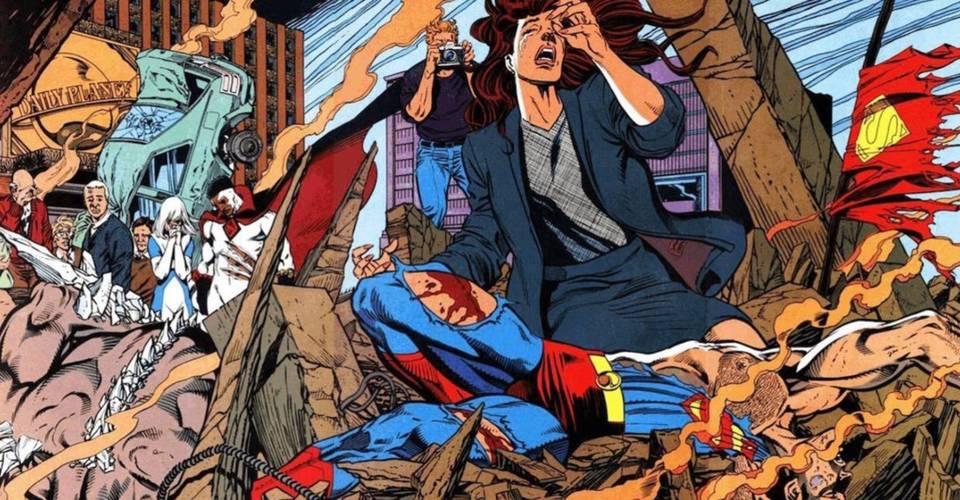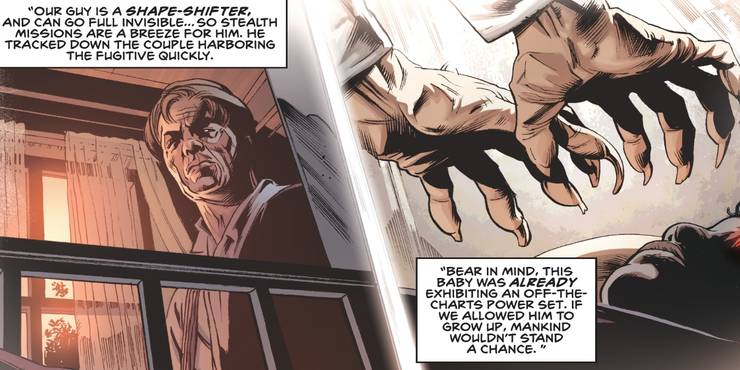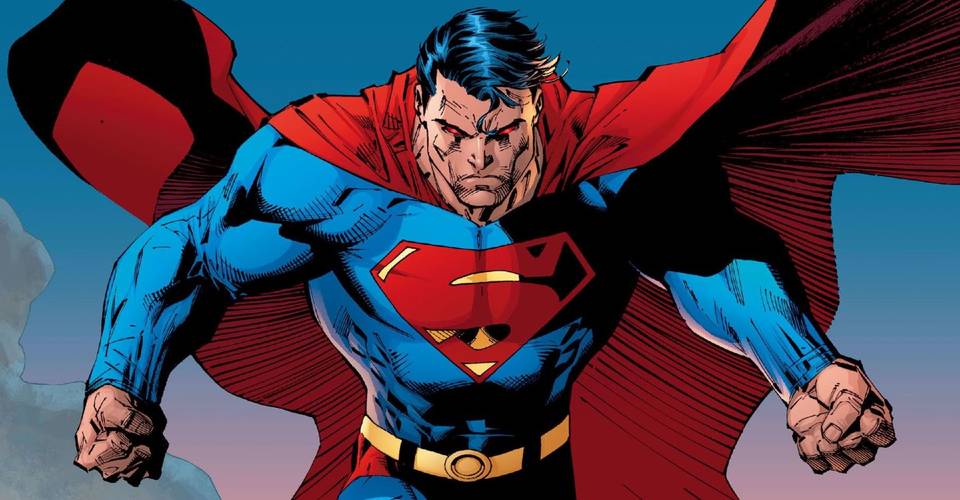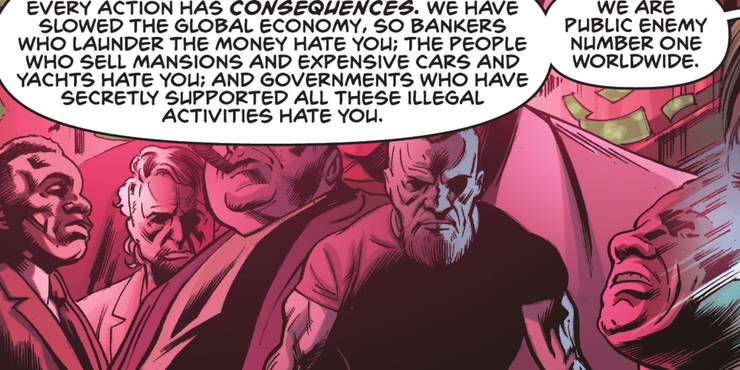SCREEN RANT:
Two articles from SCREEN RANT. One that “gets it”, and one that doesn’t. You be the judge.
Superman’s Death is So Much Darker in DC’s Milestone Universe
Superman’s death was one of the biggest events in the DC Universe, but his death in the Milestone Universe was much darker and disturbing.

While Superman’s death in the main DC universe was grim, it is nothing compared to his death in the Milestone Universe. In Icon and Rocket Season One #3, readers see more of the enigmatic Icon’s past, and learn that his adversary, the mysterious Mr. Lord, once brutally murdered an alien bearing a strong resemblance to Clark Kent.
Icon was part of the first wave of titles offered by Milestone Media in the early 1990s; the line’s goal was to bring more diversity to comics by focusing on BIPOC characters. Icon is over 200 years old, an alien who crash-landed on a plantation in Northern Georgia in the 1840s, after the ship he was traveling on was attacked by terrorists. His escape pod was found by a slave couple, and when they touched it, it reconfigured Icon’s DNA to match that of a human. In Milestone’s original incarnation, Icon did not involve himself in human affairs until he met his future sidekick Rocket, who challenged him to use his powers to better the world. However, when the character returned as part of a reinvigorated Milestone earlier this year, his history was extensively rewritten. Now, readers learn, Icon had been active since arriving on Earth, covertly ending the Civil War, among other actions. But along the way he has made some powerful enemies, including Mister Lord, who killed a young version of Superman.
In Icon and Rocket Season One #3 by Reginald Hudlin, Leon Chills, Doug Braithwaite, Andrew Currie, Brad Anderson readers learn that the terrorist who hijacked Icon’s ship is still alive and living on Earth. He goes by the name Mister Lord and is employed by the CIA. Lord specifically deals with alien threats, eliminating them before they can go public. One of Lord’s handlers reveals that in 1939, he traveled to a small town in Kansas to eliminate an alien who had “already embedded himself with the locals.” Readers then see a couple cradling an infant near a crashed rocket ship. Later that night, Lord uses his shape-shifting abilities to sneak into the farmhouse and kill the baby.

In essence, Mister Lord killed Superman. Everything Lord’s handler described: the downed rocket ship, the small town in Kansas, an infant demonstrating fantastic powers—are classic elements of Superman’s origin. Yet here, Superman is killed in his crib by Mister Lord, bringing the Man of Steel’s story to a close before it can truly begin. Icon himself is a Superman pastiche, adding another layer to Lord’s actions; furthermore, Lord’s body is made of the one substance that can truly hurt Icon, making Lord all the more frightening.
It now falls on Icon and Rocket to stop Mister Lord’s reign of terror once and for all. Lord’s list of crimes in the Milestone Universe are many, but brutally murdering Superman in his crib might be the most grotesque.
DC’s Icon & Rocket Shows Why Superman Can’t Fix The Entire World
A common criticism of Superman is he does not use his fantastic powers to fix the world’s problems, and now DC has explained why he can’t.

A common criticism leveled at Superman is why he does not simply use his fantastic powers to solve all the world’s problems. While fans and ethicists continue this debate, DC has explained why he cannot. In Icon and Rocket Season One #3, on sale now in print and digital, Icon, Milestone’s Superman pastiche, begins stamping out the global drug trade—a move that has serious and unintended consequences.
Icon is an alien who crash-landed on a plantation in Georgia in the 1840s. After his ship was found by a slave couple, it reconfigured his DNA to make him human in appearance. Icon would then live as a human, occasionally interfering in human affairs – such as ending the Civil War – but mostly staying out of history’s way. All of that changes, however, when three young people break into his house, forcing him to use his powers and reveal his secret. Later, one of the young people, Raquel Ervin, returns to Icon’s house and challenges him to use his incredible powers to help people. Icon accepts and takes Raquel on as his sidekick, Rocket. Icon has an impact almost immediately, cleaning up the streets and making Dakota City safe again. But when he takes the fight to the global drug trade, readers can see why it is best Superman-level heroes like Icon do not try to solve the world’s problems. The issue is written by Reginald Hudlin and Leon Chills with art by Dough Braithwaite and Andrew Currie, with colors by Brad Anderson.
The issue opens with Icon and Rocket destroying a poppy field in Afghanistan, cutting off a major supply of heroin. Readers also learn the duo has destroyed facilities all over Latin America as well as in Japan. Icon and Rocket’s actions are sending ripples across the world—and many of the global elite are not happy. The global economy, being intertwined with the drug trade, has come to a screeching halt because of Icon and Rocket, and the elites want the two of them out of the way.

Since Superman’s introduction in 1938, fans have wondered why, with all of the powers at his disposal, he does not single-handedly dispose of dictators or destroy drug production facilities. Icon’s dilemma in this issue shows why Superman does not fix the world: the unintended consequences. Rocket and Icon want nothing more than to stop the flow of illegal narcotics, but when they do so they learn the blowback is immense. The drug trade is, unfortunately, part of the global economy, and when it was disrupted, it affected other sectors as well. Icon and Rocket did not intend for this to happen, showing why superheroes should not try to solve some human problems.
Superman is one of the most powerful heroes in the DC Universe, and if he wished, could easily fix most of the world’s problems. However, there are compelling reasons for him not to, and Icon and Rocket Season One #3 shows why.
